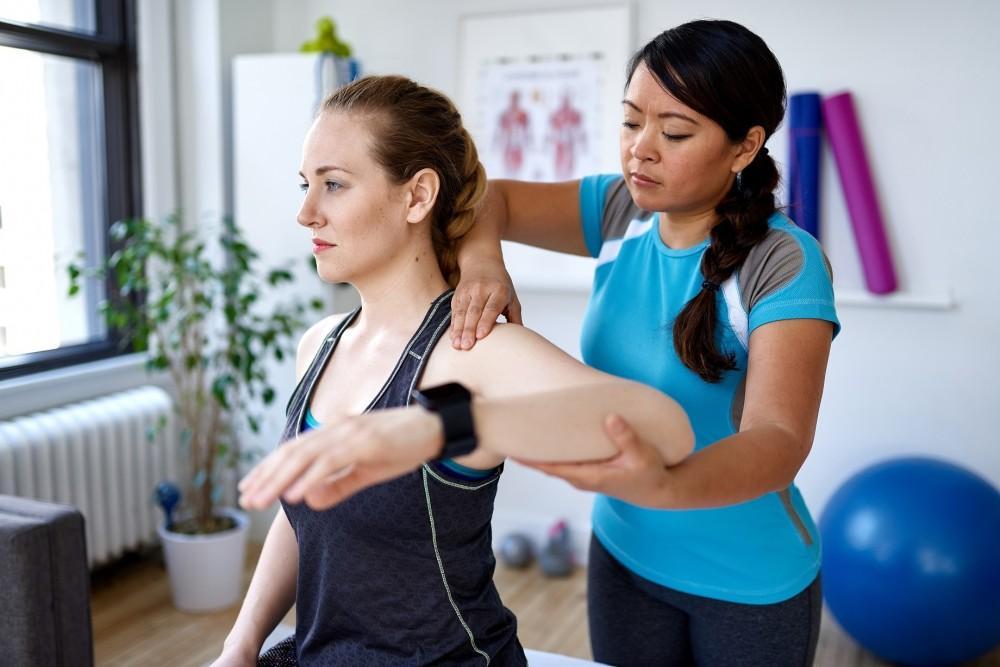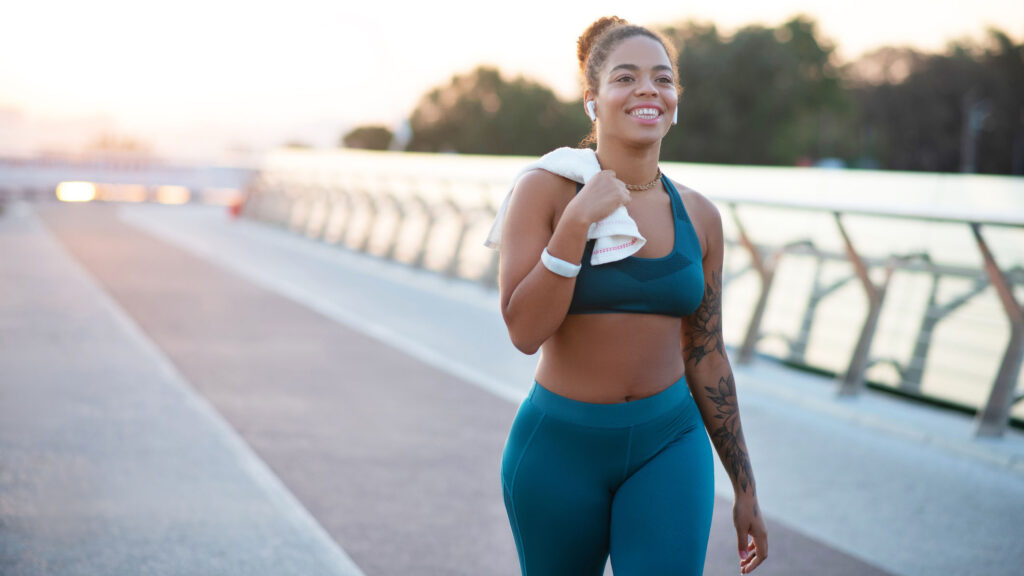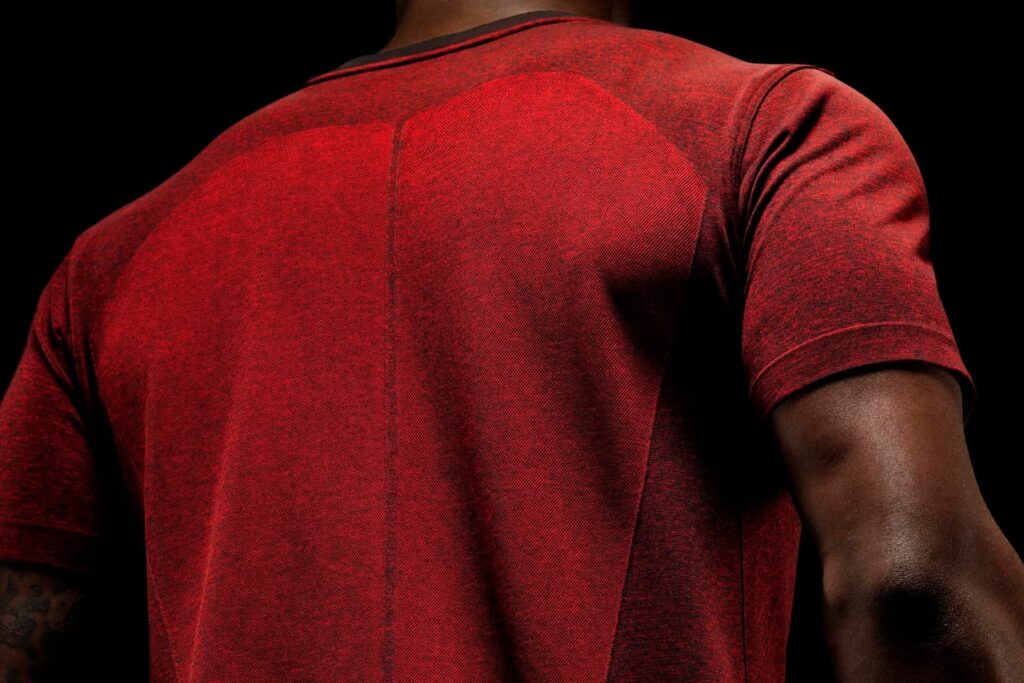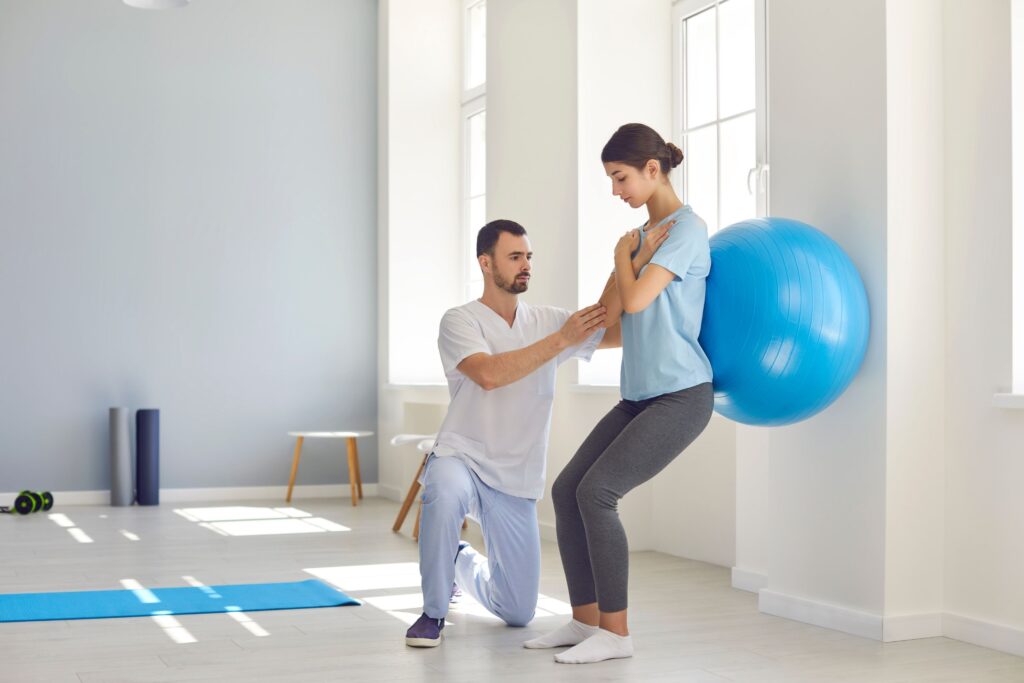
What Types Of Clothing Should You Wear During Physical Recovery?
Physical recovery can be a challenging journey, but choosing the right clothing can make it easier. Whether you’re recovering from surgery, an injury, or just pushing your body to its limits during exercise, wearing the appropriate clothes is essential to support your recovery process. From compression garments to breathable fabrics and supportive shoes, many types of clothes can help enhance your physical healing and comfort levels. In this blog post, we’ll take a closer look at what types of clothing you should wear during physical recovery for optimal results!
Compression Garments

Compression garments are designed to fit snugly against your skin, providing consistent pressure and support to the affected area. These garments can be worn on different parts of the body, such as legs, arms, and abdomen. They work by improving blood circulation and reducing swelling caused by inflammation or injury. Wearing compression garments during physical recovery, whether those be socks made for neuropathy or other forms of post-surgical compression garments, provides numerous benefits that aid in healing and pain management. By compressing the injured area, these clothes help reduce muscle soreness and stiffness while preventing further damage. Compression clothing also helps improve lymphatic drainage which reduces swelling in soft tissues like muscles. In addition to their functional benefits, compression garments come in various styles that suit different needs and preferences.
From full-body suits to sleeves for specific areas of your body such as knees or wrists- you can find a variety of options according to your recovery goals. However, it’s essential to choose the right size when selecting compression wear; otherwise, they may cause discomfort or not provide enough support required for optimal healing results.
Comfortable and Loose-fitting Clothing

Comfortable and loose-fitting clothing plays a crucial role in aiding recovery from injuries or surgeries. It helps reduce discomfort and irritation caused by tight clothes rubbing against the skin. Additionally, loose-fitting attire allows for proper ventilation, keeping the body cool during physical activities that induce sweating. The freedom of movement provided by baggy clothes is vital, as tight clothing can restrict circulation and lead to muscle cramps or worsen existing injuries.
When selecting clothing, prioritize soft fabrics like cotton or bamboo blends, as they are gentle on sensitive skin and minimize the risk of allergic reactions. Moreover, when you choose comfortable and loose-fitting clothing, you can relax much easier, allowing you to heal both your body and mind after the incident. Opting for comfortable and loose-fitting garments promotes optimal blood flow and enhances comfort during the healing process. By choosing appropriate attire, individuals can focus on their recovery without unnecessary distractions or additional discomfort.
Breathable and Moisture-wicking Fabrics

Breathable and moisture-wicking fabrics are a top choice for those who want to feel comfortable during their recovery process. More importantly, breathable fabrics, such as cotton or linen, allow airflow which helps regulate body temperature and prevent overheating. This is especially important during exercise or physical therapy sessions where sweat can accumulate quickly.
Moisture-wicking fabrics like polyester or nylon have the ability to absorb sweat and pull it away from your skin. This prevents dampness from building up on your skin which can lead to chafing, rashes, or infections.
It’s also worth noting that these types of fabrics are often lightweight and stretchy which allows for ease of movement. They won’t restrict your range of motion during exercises and will help you move more freely without discomfort. Choosing breathable and moisture-wicking fabrics for your clothing can make a big difference in how comfortable you feel during physical recovery. It’s an easy way to ensure you stay cool, dry, and at ease throughout the entire process.
Supportive Athletic Shoes

These shoes provide the necessary support and stability for your feet, ankles, and legs during exercise or any physical activity. When choosing a pair of supportive athletic shoes, make sure they fit properly. A good fit means that there should be enough room for your toes to move around without being too loose. The heel should also fit snugly without slipping out of the shoe. Look for shoes with ample cushioning in the sole as they can help absorb shock and reduce impact on joints while walking or running. Shoes with arch support can also help prevent overpronation (when your foot rolls inward) which may lead to discomfort or injury. It’s important to consider the type of physical activity you will be doing when choosing your shoes. For example, cross-training requires more lateral movement than running does so you’ll need a shoe that provides extra lateral support. Wearing proper footwear such as supportive athletic shoes is essential for a successful physical recovery process. Take time to choose carefully according to what suits you best!
Non-restrictive and Stretchable Materials

When recovering from physical injuries, it’s important to wear clothing that won’t restrict your movement, and more importantly, pose a threat when it comes to movement. Non-restrictive and stretchable materials are essential in ensuring that you can move freely without causing further damage.
One of the best fabrics for non-restrictive and stretchable clothing is spandex. Spandex or Lycra is a synthetic fabric known for its elasticity, allowing you to move with ease during recovery exercises. It also conforms well to your body shape.
Another great option is elastane, another type of synthetic fiber that provides excellent flexibility while still maintaining its shape over time. This material has become increasingly popular among athletes because of how comfortable and durable it is.
If you prefer natural fibers, cotton and bamboo are both breathable options with some stretchability. These materials are perfect for everyday wear when taking a break between recovery sessions.
Choosing non-restrictive and stretchable materials will help prevent any discomfort or hindrance during your physical recovery process by making sure you have adequate support without limiting mobility
Compression garments can help improve blood flow and reduce swelling, while loose-fitting clothes made from breathable materials can prevent overheating and irritation. Supportive athletic shoes are also important to protect your feet during exercise or daily activities. It’s essential to prioritize comfort over fashion when selecting clothing for recovery periods. Non-restrictive materials that allow for easy movement will make it easier to perform exercises or stretches recommended by doctors or therapists.
By following these tips, you can ensure that your post-injury recovery goes as smoothly as possible. Remember to always consult with a medical professional before starting any new exercise routine or therapy program utilizing compression garments or other supportive clothing items.
